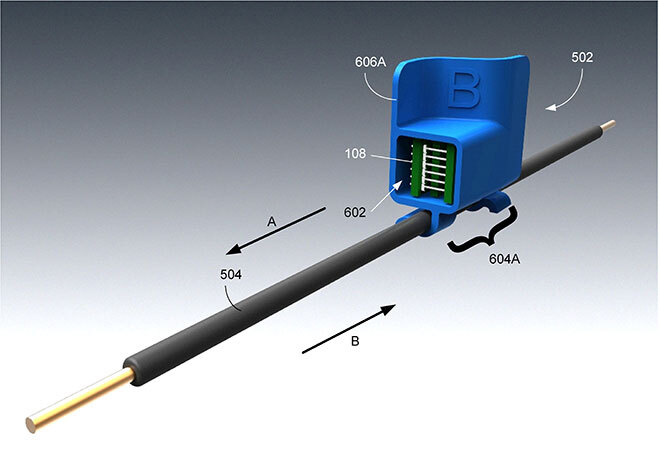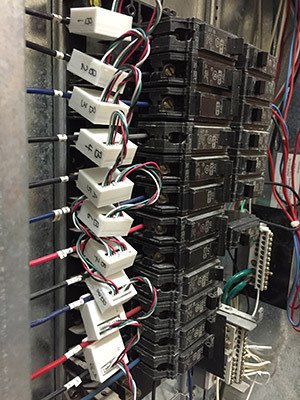Understanding Our Electricity Consumption to Better Reduce it

Header image purchased on Istock.com. Protected by copyright.
A Lack of Adequate Tools
Energy consumption in buildings is an important factor in the fight against climate change: up to 32% of global energy consumption is linked to buildings. The systems at stake being complex, it is essential to collect accurate, real-time data on the energy consumption of each appliance in a building. This data will allow a better understanding of interactions between the structural elements of a building, the weather, the energy efficiency of the various appliances, and the lifestyle of its inhabitants. However, existing measurement systems, based on current transformers, are too expensive and complex to install to allow large-scale deployments.
A New Approach
A team of researchers from ÉTS’s Communications and Microelectronics Laboratory (LACIME) has been tackling this problem. Their patented system is based on Hall-effect sensors, which, like current transformers, measure the magnetic field induced by the electric current flowing through a wire. However, this technology can fit into an integrated circuit measuring just a few square millimeters. In addition, these sensors are implemented on standard printed circuit boards, so they should cost less than a dollar each. The drawback is that they are much less accurate than current transformers.

Hall-effect sensors used to measure energy consumption in real time.
The measurement accuracy of Hall-effect sensors relies heavily on the environment in which they are installed. Measurements will be influenced by other wires close by and wire insulation thickness. Each electrical panel’s configuration being unique, measurement interferences are unavoidable and unpredictable. This is where the cornerstone of the LACIME system comes into play: signal processing and machine learning.
Transferring the Complexity towards Algorithms

Proposed sensors installed in an electrical panel
This is the approach taken by the researchers: to use less accurate and inexpensive sensors and transfer complexities to mathematical algorithms and intelligent systems.
In addition to new patented signal processing techniques, LACIME researchers are working to incorporate learning algorithms and integrate information from connected objects to improve the system robustness.
Around the world, utilities use time-, seasonal- and demand-based pricing to optimize energy distribution. Tomorrow, the richness of real-time energy consumption information will lead to smart and efficient buildings, and a dynamic, self-piloted energy distribution system.


